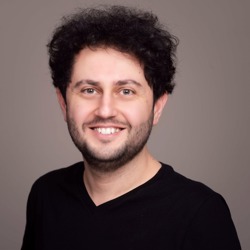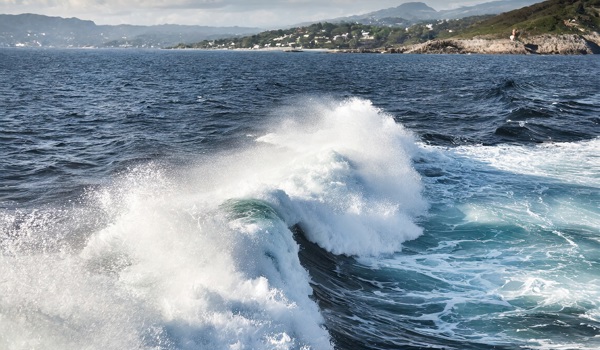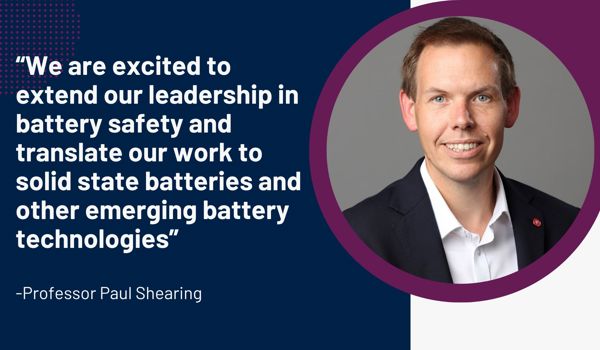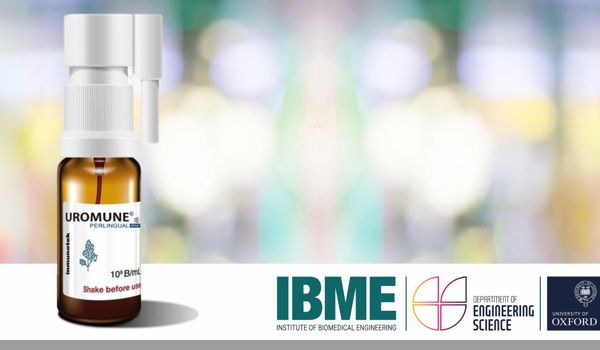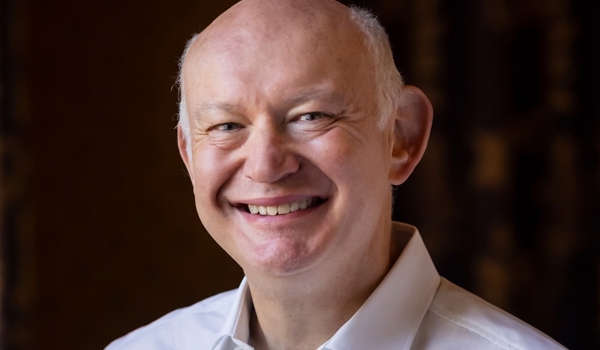Biography
Dr Fatih Uzun studied Chemical Engineering and gained MSc, BSc and PhD degrees at Yeditepe University.
Fatih was a visiting researcher for 1 year starting from December 2016 at the Solid Mechanics and Materials Engineering research group of the Department of Engineering Science of The University of Oxford.
He is now a postdoctoral research fellow of Engineering Science funded by the Marie Skłodowska-Curie European fellowship, based at the Jenkin Building.
Research Project
RESTREIG - Development of A Method for Analysis of Creep Behaviour of Welded Rotating Components of High Temperature Applications Based on Eigenstrain Theory
The need for high-quality joints in the aerospace industry has fostered the use of inertia friction welding for nickel-based super-alloy components. This technique provides improvements in the joint quality when compared to the fusion welding techniques, but understanding on the effect of residual stress on creep deformation of welded components is limited.
The proposed research aims to develop new computational and numerical tools to reproduce the residual stress field in inertia welded components in the as-welded and post-weld heat treated conditions. This innovative approach will meet experimental data with the eigenstrain theory to reconstruct stress fields in large scales and provide a realistic model to understand creep behavior of materials under complex loading and high-temperature conditions. To achieve this target, the eigenstrain theory will be used with experimental measurements. This will allow modeling of complex geometries with high accuracy.
The study will be composed of three stages which are data collection for eigenstrain reconstruction method, creating a model for eigenstrain reconstruction process and development of a visco-plastic model for investigating creep behaviour of post weld heat treated samples. Results and data created in the first two stages will be used to create the visco-plastic model. Experiments will be performed using diffraction and contour methods and numerical models will be created using ABAQUS commercial finite element software. All research, management, training, dissemination, public engagement, and communication activities are scheduled into a 2 year work plan.
The developed methodology is expected to provide a better understanding of creep behaviour, to be used by other researchers and be beneficial for industry on the development of components with lower cost and longer service life.
Research Interests
Fatih's research interests include:
- Residual stresses
- Eigenstrain theory
- Creep mechanism in superalloys
- Artificial intelligence
- Fuzzy systems
- Digital image correlation
- Tensegrity structures
Related Academic
Journal Publications
Uzun, F. et al. (2020) ‘Neutron strain scanning for experimental validation of the artificial intelligence based eigenstrain contour method’, Mechanics of Materials. Elsevier, 143(July 2019), p. 103316. doi: 10.1016/j.mechmat.2020.103316.
Uzun, F. et al. (2019) ‘Polar transformation of 2D X-ray diffraction patterns and the experimental validation of the hDIC technique’, Measurement. Elsevier Ltd, (xxxx), p. 107193. doi: 10.1016/j.measurement.2019.107193.
Uzun, F. and Korsunsky, A. M. (2019a) ‘On the analysis of post weld heat treatment residual stress relaxation in Inconel alloy 740H by combining the principles of artificial intelligence with the eigenstrain theory’, Materials Science & Engineering A. Elsevier B.V., 752(March), pp. 180–191. doi: 10.1016/j.finel.2018.11.004.
Uzun, F. and Korsunsky, A. M. (2019b) ‘On the application of principles of artificial intelligence for eigenstrain reconstruction of volumetric residual stresses in non-uniform Inconel alloy 740H weldments’, Finite Elements in Analysis and Design. Elsevier B.V., 155(February), pp. 43–51. doi: 10.1016/j.finel.2018.11.004.
Uzun, F. and Korsunsky, A. M. (2019c) ‘The Height Digital Image Correlation (hDIC) Technique For The Identification Of Triaxial Surface Deformations’, International Journal of Mechanical Sciences. Elsevier Ltd, 159(May), pp. 417–423. doi: 10.1016/j.ijmecsci.2019.06.014.
Uzun, F. and Korsunsky, A. M. (2018) ‘On the identification of eigenstrain sources of welding residual stress in bead-on-plate inconel 740H specimens’, International Journal of Mechanical Sciences. Elsevier Ltd, 145(July), pp. 231–245. doi: doi.org/10.1016/j.ijmecsci.2018.07.007.
Uzun, F. et al. (2018) ‘The inclusion of short-transverse displacements in the eigenstrain reconstruction of residual stress and distortion in in740h weldments’, Journal of Manufacturing Processes. Elsevier, 36(October), pp. 601–612. doi: 10.1016/j.jmapro.2018.10.047.
Uzun, F. and Bilge, A. N. (2017a) ‘A Comprehensive Model for Hardness Evaluation of Low-Alloy Steels Based on Carbon Content and Ultrasonic Wave Velocity’, Materials Evaluation, 75(12), pp. 1489–1496.
Uzun, F. and Bilge, A. N. (2017b) ‘The effect of carbon content and submerged arc welding process on hardness of carbon steels’, Journal for Foundations and Applications of Physics, 4(1), pp. 1–7.
Uzun, F. (2017a) ‘Form-finding and analysis of an alternative tensegrity dome configuration’, Advances in Structural Engineering, 20(11), pp. 1644–1657. doi: 10.1177/1369433216689570.
Uzun, F. (2017b) ‘Form-finding of free-form tensegrity structures by genetic algorithm–based total potential energy minimization’, Advances in Structural Engineering, 20(5), pp. 784–796. doi: 10.1177/1369433216664739.
Toklu, Y. C. and Uzun, F. (2016) ‘Analysis of Tensegric Structures by Total Potential Optimization Using Metaheuristic Algorithms’, Journal of Aerospace Engineering, 29(5), p. 4016023. doi: 10.1061/(asce)as.1943-5525.0000571.
Uzun, F. and Bilge, A. N. A. N. (2015) ‘Application of ultrasonic waves in measurement of hardness of welded carbon steels’, Defence Technology. Elsevier Ltd, 11(3), pp. 255–261. doi: 10.1016/j.dt.2015.05.002

